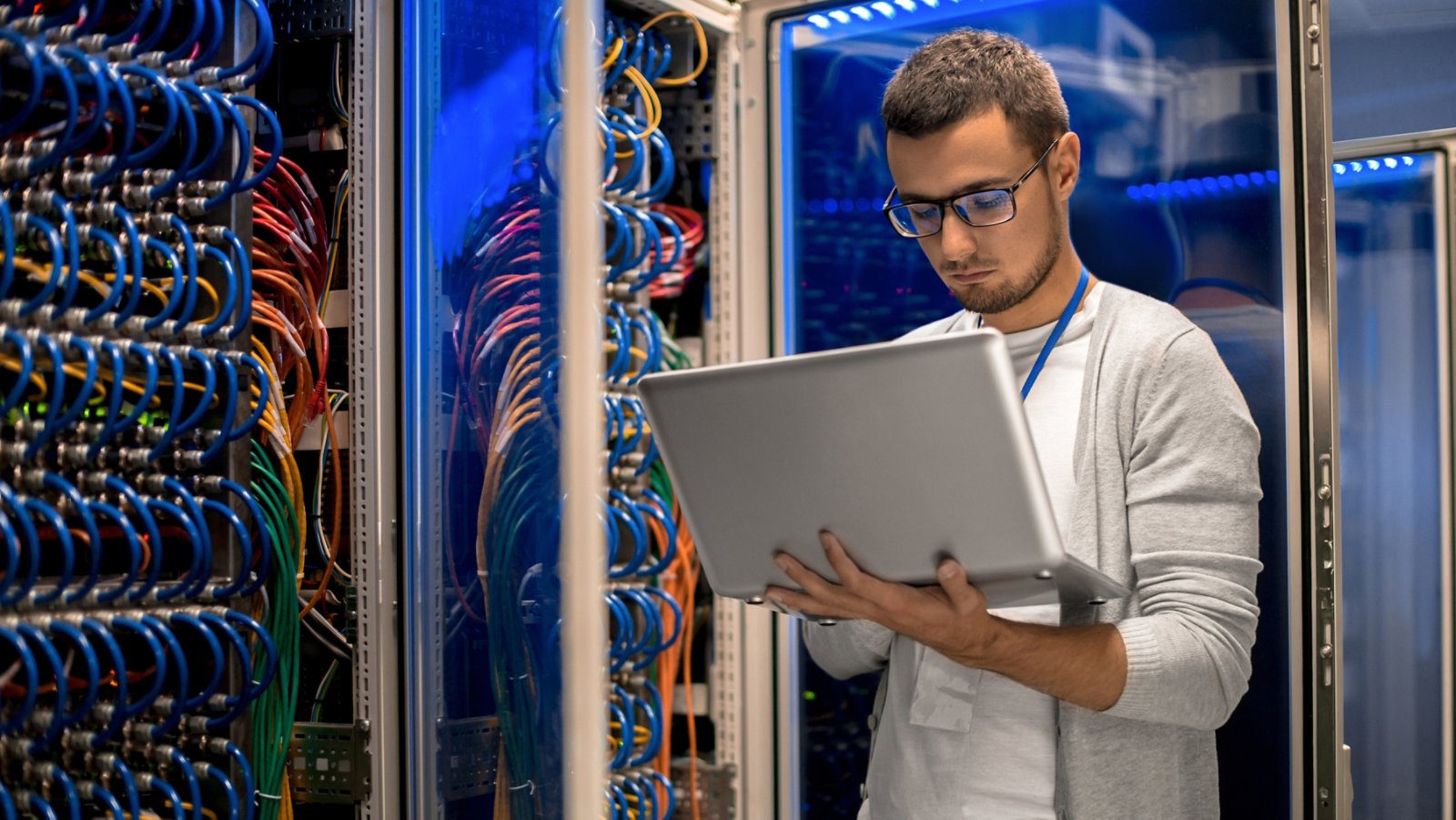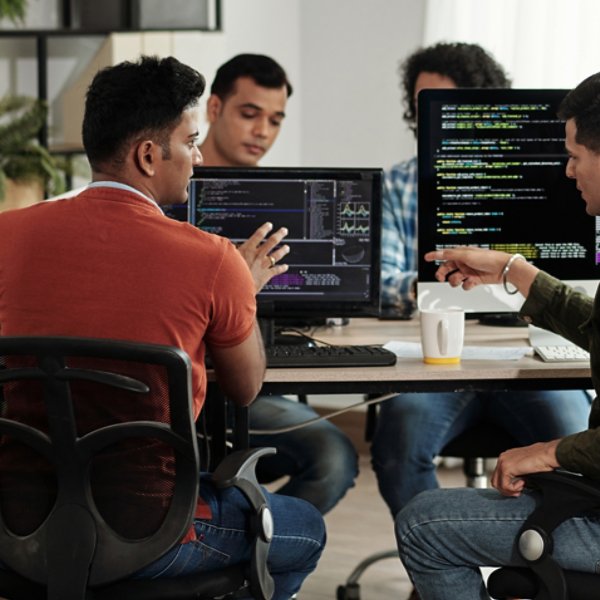By: Guy Siviour
Technology, unlike fashion and many forms of art, seldom comes full circle. So, trend watchers may find it surprising that analog computers are on the verge of a renaissance.
Why the renewed interest in a technology that all but disappeared in the 1970s with the rise of digital computing? Functionality.
Analog computers are great at solving multiple complex calculations simultaneously—and digital computers are not. The capability, called parallel processing, makes analog technology ideal for applications in emerging fields like AI, quantum computing, and intelligent edge and advanced IoT.
It’s too soon to say that everything old is new again. Yet, as advanced disciplines evolve, I believe analog computing will be used alongside—or in place of—the technology that brought about the end of the first analog era.1
For organizations trying to stand out in crowded markets, a resurgence in analog computing may lead to process improvements and use cases that create unique competitive advantages.
Three challenges to digital computing
Digital (or traditional) computers have become victims of their own success. Three phenomena encapsulate both the progress digital computing has made and the obstacles the technology entails moving forward:
- Moore’s Law. The number of transistors that can fit on a computer chip has doubled nearly every two years since the mid-1960s, an observation we all know as Moore’s Law.2 However, chip components are now microscopic, so digital computer circuitry will eventually reach a point where transistor size can’t be reduced further.
- Von Neumann bottleneck. The von Neumann bottleneck is the slowdown that occurs when it takes longer to transfer data from one location to another for processing than it does to process the data.3 This bottleneck makes it exceedingly difficult to work with data in real-time, which weakens the foundation of modern, data-driven organizations.
- Energy consumption. The electricity needed to support modern IT systems increases exponentially as companies accelerate digital transformation. By 2030, global energy demand for the IT sector is projected to rise by 50% to 3,200 TWh,4 an amount that’s unsustainable as organizations strive to reduce environmental impacts.
These challenges are escalating at a time when companies need their systems to conduct increasingly sophisticated operations more efficiently and affordably.



